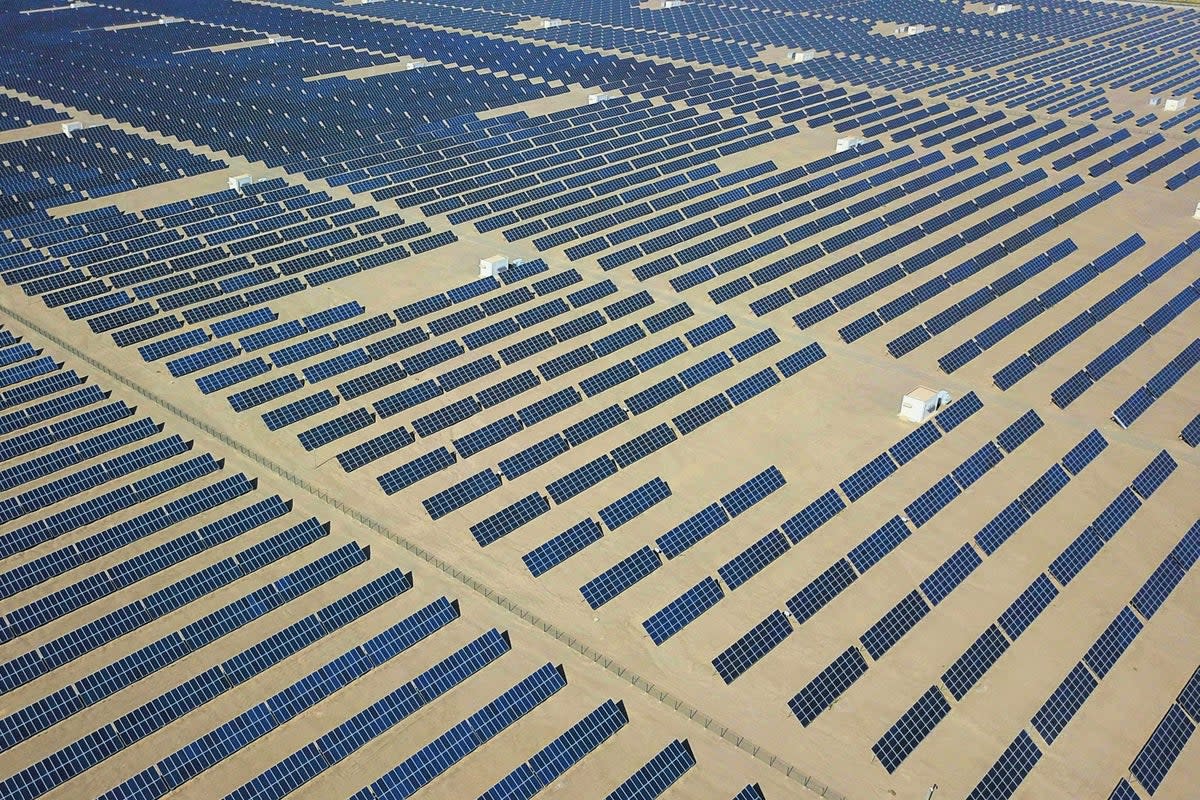World’s biggest solar farm goes online, big enough to power a country

The world’s biggest solar plant has come online in China, capable of powering a small country with its annual capacity of more than 6 billion kilowatt hours.
The facility in a desert region of the north-west province of Xinjiang covers 200,000 acres – roughly the same area as New York City.
The 5GW complex, which was connected to China’s grid on Monday, is powerful enough to meet the electricity demands of a country the size of Luxembourg or Papua New Guinea.
China has led the world in solar power adoption, boosting its capacity in 2023 by more than 50 per cent. The new solar farm overtakes the Ningxia Teneggeli and Golmud Wutumeiren solar projects, which are both also in China, to become the largest in the world.
A recent report by the International Energy Agency (IEA) described China’s drive towards renewables as “extraordinary”, with the country commissioning as much solar capacity last year as the entire world did in 2022.
“China accounts for almost 60 per cent of new renewable capacity expected to become operational globally by 2028,” the report stated.
“China’s role is critical in reaching the global goal of tripling renewables because the country is expected to install more than half of the new capacity required globally by 2030. At the end of the forecast period, almost half of China’s electricity generation will come from renewable energy sources.”
Analysis from leading manufacturer Longi Green Energy Technology in 2023 estimated that fitting solar panels to rooftops and buildings in China would produce enough electricity to power all the households in China and South-East Asia combined.
The massive ramp-up in production of solar panels in China has led to recent concerns that overcapacity could lead to trade tensions resulting from a global market glut.
Last month, in an effort to prevent this, US President Joe Biden announced that tariffs on Chinese solar cell imports would double from 25 per cent to 50 per cent.


